An Ode to Autumn in the Garden
http://decor-ideas.org 10/26/2015 06:13 Decor Ideas
October and November are my favorite months. Maybe it’s that primal memory of growing up in Minnesota, where every autumn was a powerhouse of sensory delight: crisp mornings, warm afternoons, breezes that showered down leaves and damp woodland floors decaying with a sweet musk aroma.
On the tall-grass prairie of Nebraska, where I live today, autumn’s subtle beauty is reflected in every red blade of little bluestem, the last aromatic asters and the flocks of migrating birds heading south. Autumn stirs the soul in profound ways, and our gardens are a great place to experience deep moments.
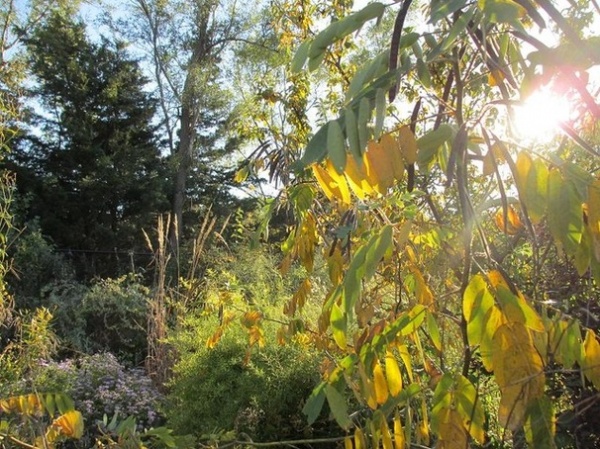
If you can, have a garden on the south side of your home. Why? The low autumn light frolics in leaves and shadows, renewing itself in surprising gestures almost every minute. It gets diffused in the foliage (as in this wild senna), slices between blades of bouncing switchgrass and warms the garden. As winter moves on, a garden facing south will continue to play with sunlight, surprising you on snowy mornings when birds come looking for seeds and ice clings to glittering stems.
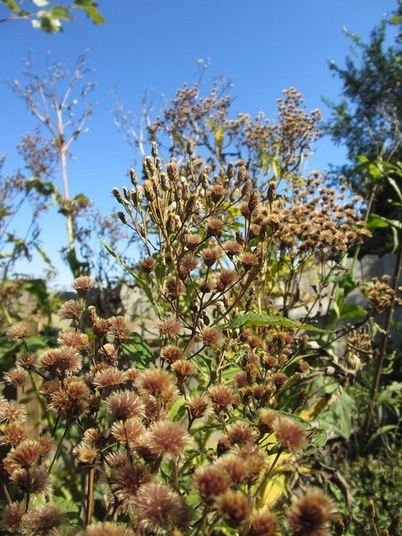
In fall the ornamental garden offers up an incredible bounty, bursting forth with hope and promise on the tip of every new seed taking flight beneath bright blue skies. Seeds from asters, blazingstars, boneset and goldenrods are rising in an inverse snow to meet the world and remake themselves somewhere else. Take these ironweed seed heads, which give the plant its name. Their rusting crowns of puffy, rusty color add beauty and purpose to the garden well past winter.
Autumn’s Spent Flowers Enrich the Off-Season
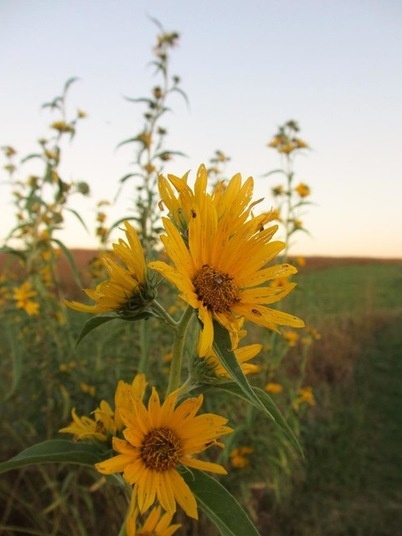
If you live near a prairie or meadow, you’ll see the last of our sunflowers — Maximilian’s — put on perhaps the most stunning sunflower show of all. I can’t walk by a stand of them without wanting to stand with them forever as we watch the sun set. Though they can be aggressive (a small garden isn’t ideal for them), they are worth the risk of falling in love — with them, with autumn, with the silence of bees coming for some last pollen.
See how to grow Maximilian’s sunflower
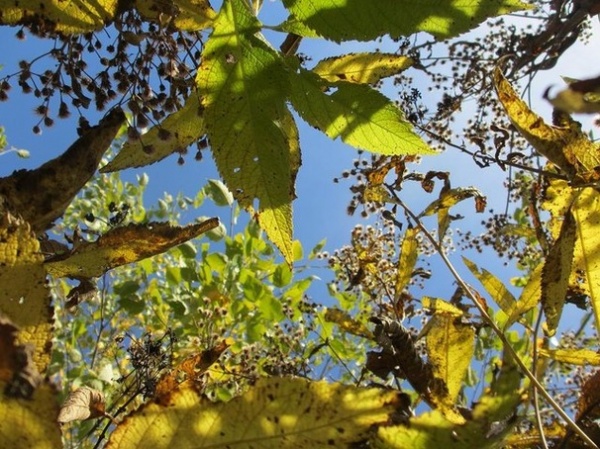
Autumn changes our perspective. I think it slows us down even as it rushes by. The long, hot, colorful noise of summer seems but a blip in time, while fall simply asks us to take the measure of what we’ve lost and what we’ve gained. In its transience is the reminder to linger and open ourselves to brief moments of intense experience. In its wavering temperatures is the echo of the past and future, memory and longing, exuberance and trepidation — perhaps autumn is really every season and every moment pressed into one breath fogging the morning air.
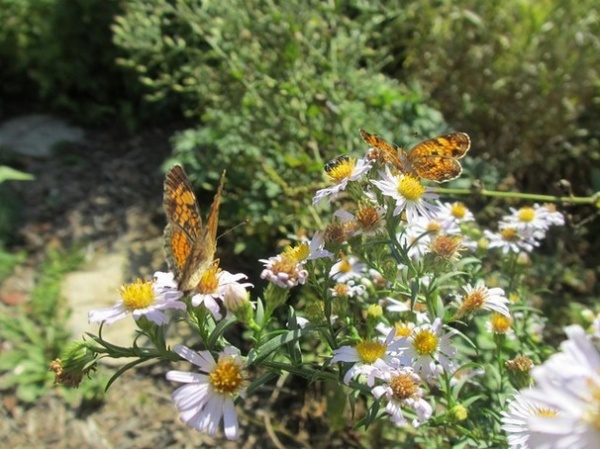
Slowly the wasps vanish with the big butterflies, and many bees have completed their life cycles. Flies and bumblebees still abound, along with a few beetles, even fewer moths and small butterflies, such as pearl crescents, which seem more excited than a kid on Christmas morning when they find a few flowers still going strong.
Discover more ways to garden for butterflies
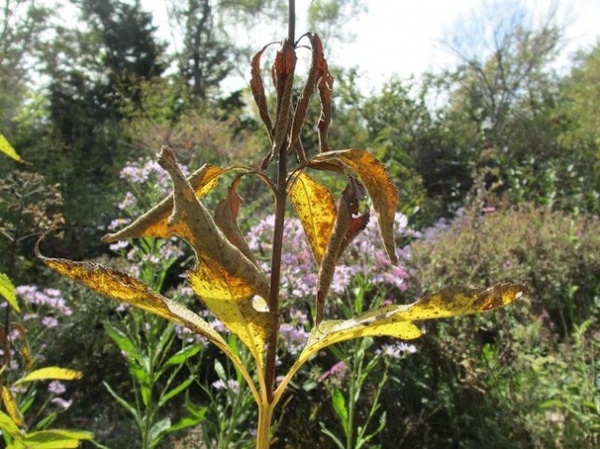
We can’t touch the breathlessness of an autumn garden, but we can smell it in the blooms and the damp leaves. We can hear the hourglass sifting as trees drop their lives and nourish the soil. We can see it in the shimmering seed heads of billowing grasses like bluestem and Indian grass.
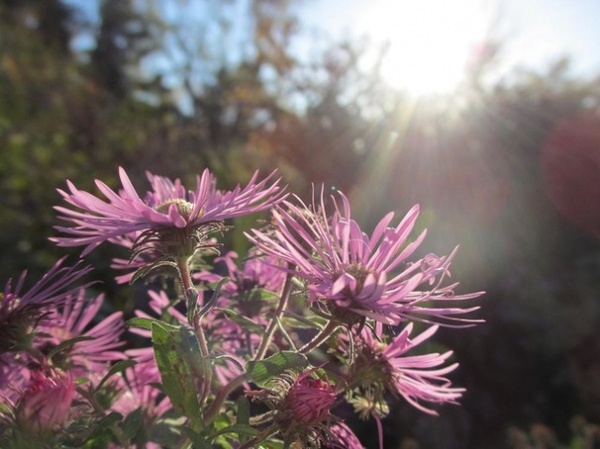
But it’s still the light, always the light in the garden. It’s the light that penetrates everything, energizes the soil, encourages summer plants that had passed out in the heat to put up a last-minute flush of short green. It’s the light that washes everything, the light that has taken just eight minutes to travel to the garden from the sun.
More
5 Invaluable Life Lessons From the Garden
More guides to fall gardening
Related Articles Recommended












